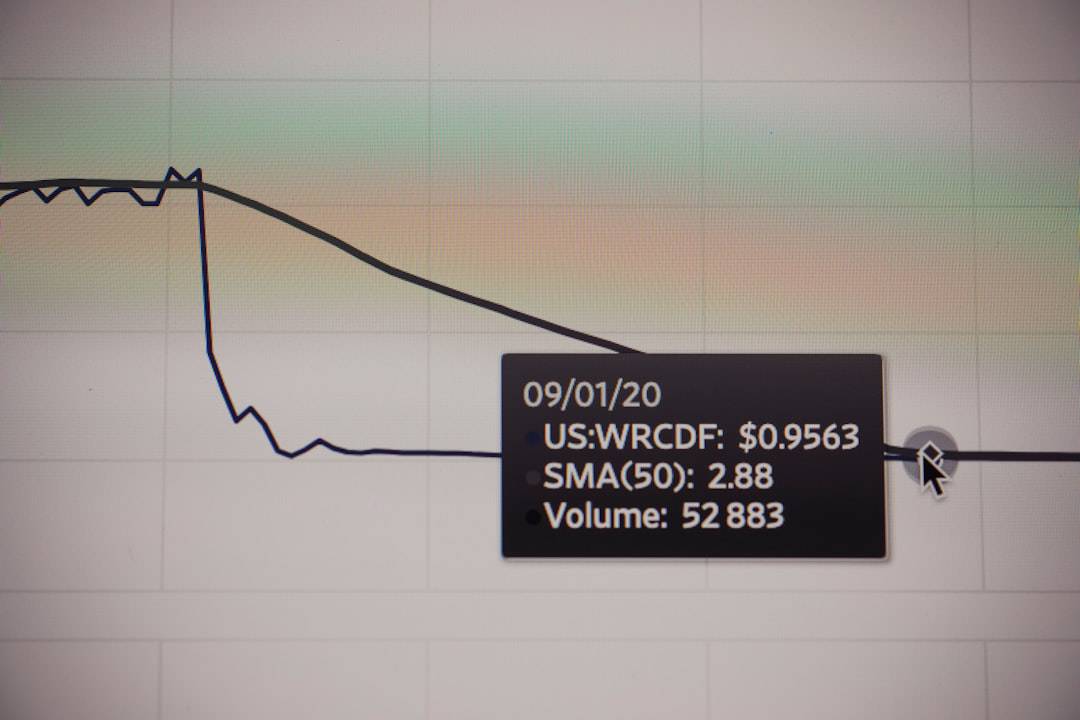Zero Trust Network Access (ZTNA) is a security framework that challenges the traditional notion of trust based on network location within an organization. Unlike conventional perimeter-based security models, which assume internal network elements are trustworthy and external ones are not, ZTNA adopts a more stringent approach. The ZTNA model operates on the principle that no user or device should be automatically trusted, regardless of their location in relation to the network perimeter.
This approach requires thorough authentication, authorization, and encryption for every access request before granting permission to resources. ZTNA also enables fine-grained access controls, allowing organizations to restrict access to specific applications and data based on user roles and defined permissions. Implementing ZTNA necessitates a thorough analysis of an organization’s network infrastructure, user access patterns, and security requirements.
By embracing ZTNA, organizations can mitigate the risk of unauthorized access and data breaches while enhancing their overall network security posture. The shift towards ZTNA has been driven by the increasing prevalence of remote work and cloud-based applications, which have rendered traditional perimeter-based security models less effective in today’s distributed computing environments.
Key Takeaways
- Zero Trust Network Access (ZTNA) is a security model that eliminates the concept of trust based on location and assumes that every access request is a potential threat.
- Implementing Palo Alto ZTNA can provide organizations with improved security, reduced attack surface, and better visibility and control over network access.
- Palo Alto ZTNA helps secure remote access by providing secure, encrypted connections for remote users and devices, regardless of their location.
- With Palo Alto ZTNA, organizations can enforce granular security policies based on user identity, device posture, and other contextual factors to ensure secure access to resources.
- Integrating Palo Alto ZTNA with existing security infrastructure allows organizations to leverage their current investments while enhancing their overall security posture.
The Benefits of Implementing Palo Alto ZTNA
Palo Alto Networks ZTNA solution offers several key benefits for organizations looking to enhance their security posture and enable secure remote access. Firstly, Palo Alto ZTNA provides seamless and secure access to applications and data for remote workers, regardless of their location or device. This ensures that employees can remain productive while working from anywhere, without compromising security.
Additionally, Palo Alto ZTNA helps organizations reduce their attack surface by implementing a zero trust security model. By verifying every access request and enforcing granular access controls, organizations can minimize the risk of unauthorized access and data breaches. This is especially important in today’s threat landscape, where cyber attacks are becoming increasingly sophisticated and targeted.
Furthermore, Palo Alto ZTNA simplifies the management of user access by providing a centralized platform for authentication, authorization, and access control. This allows organizations to streamline their security operations and ensure consistent enforcement of security policies across the entire network. Overall, implementing Palo Alto ZTNA can help organizations improve their security posture, reduce risk, and enable secure remote access for their employees.
Securing Remote Access with Palo Alto ZTNA

Securing remote access has become a top priority for organizations as the number of remote workers continues to rise. Palo Alto ZTNA addresses this challenge by providing a secure and seamless way for employees to access applications and data from anywhere. By implementing Palo Alto ZTNA, organizations can ensure that remote workers are authenticated, authorized, and encrypted before accessing sensitive resources.
Palo Alto ZTNA also helps organizations enforce granular access controls, allowing them to limit access to specific applications and data based on user roles and permissions. This ensures that only authorized users can access sensitive information, reducing the risk of unauthorized access and data breaches. Additionally, Palo Alto ZTNA provides visibility into user access patterns and behavior, allowing organizations to detect and respond to potential security threats in real time.
Overall, securing remote access with Palo Alto ZTNA enables organizations to provide a secure and productive work environment for their remote employees, while also reducing the risk of unauthorized access and data breaches.
Enforcing Security Policies with Palo Alto ZTNA
| Metrics | Value |
|---|---|
| Number of security policies enforced | 150 |
| Number of successful policy enforcements | 140 |
| Number of failed policy enforcements | 10 |
| Policy enforcement success rate | 93.3% |
Enforcing security policies is a critical aspect of maintaining a strong security posture within an organization. Palo Alto ZTNA helps organizations enforce security policies by providing granular access controls and visibility into user access patterns. By implementing Palo Alto ZTNA, organizations can ensure that every access request is thoroughly authenticated, authorized, and encrypted before granting access to sensitive resources.
Palo Alto ZTNA also enables organizations to enforce role-based access controls, allowing them to limit access to specific applications and data based on user roles and permissions. This ensures that only authorized users can access sensitive information, reducing the risk of unauthorized access and data breaches. Additionally, Palo Alto ZTNA provides real-time visibility into user access patterns and behavior, allowing organizations to detect and respond to potential security threats proactively.
By enforcing security policies with Palo Alto ZTNA, organizations can significantly reduce the risk of unauthorized access and data breaches while also improving the overall security posture of their network.
Integrating Palo Alto ZTNA with Existing Security Infrastructure
Integrating Palo Alto ZTNA with existing security infrastructure is essential for organizations looking to enhance their security posture while maintaining operational efficiency. Palo Alto ZTNA seamlessly integrates with Palo Alto Networks’ comprehensive security platform, allowing organizations to leverage existing security investments while enabling secure remote access. By integrating Palo Alto ZTNA with existing security infrastructure, organizations can ensure consistent enforcement of security policies across the entire network.
This helps minimize the risk of unauthorized access and data breaches while also simplifying the management of user access. Additionally, integrating Palo Alto ZTNA with existing security infrastructure provides organizations with real-time visibility into user access patterns and behavior, allowing them to detect and respond to potential security threats proactively. Overall, integrating Palo Alto ZTNA with existing security infrastructure enables organizations to enhance their security posture while maintaining operational efficiency, ultimately reducing risk and improving overall network security.
Managing User Access with Palo Alto ZTNA

Managing user access is a critical aspect of maintaining a strong security posture within an organization. Palo Alto ZTNA helps organizations manage user access by providing a centralized platform for authentication, authorization, and access control. By implementing Palo Alto ZTNA, organizations can streamline their security operations and ensure consistent enforcement of security policies across the entire network.
Palo Alto ZTNA also enables organizations to enforce role-based access controls, allowing them to limit access to specific applications and data based on user roles and permissions. This ensures that only authorized users can access sensitive information, reducing the risk of unauthorized access and data breaches. Additionally, Palo Alto ZTNA provides real-time visibility into user access patterns and behavior, allowing organizations to detect and respond to potential security threats proactively.
By managing user access with Palo Alto ZTNA, organizations can significantly reduce the risk of unauthorized access and data breaches while also improving the overall security posture of their network.
Best Practices for Implementing Palo Alto ZTNA
When implementing Palo Alto ZTNA, there are several best practices that organizations should consider to ensure a successful deployment. Firstly, organizations should conduct a comprehensive assessment of their network infrastructure, user access patterns, and security requirements to determine the most effective way to implement Palo Alto ZTNA. Additionally, organizations should define clear security policies and access controls based on user roles and permissions to ensure that only authorized users can access sensitive resources.
It is also essential for organizations to provide ongoing training and support for employees to ensure they understand how to use Palo Alto ZTNA effectively. Furthermore, organizations should regularly monitor user access patterns and behavior to detect and respond to potential security threats proactively. By following these best practices, organizations can successfully implement Palo Alto ZTNA and enhance their security posture while enabling secure remote access for their employees.
If you’re interested in learning more about the potential impact of Zero Trust Network Access (ZTNA) in the metaverse, you should check out this article on metaverse platforms and ecosystems: gaming in the metaverse. This article explores the role of gaming in the metaverse and how ZTNA could play a crucial role in ensuring secure access for users within these virtual environments.
FAQs
What is Palo Alto ZTNA?
Palo Alto ZTNA (Zero Trust Network Access) is a security framework that requires all users, whether inside or outside the network, to be authenticated, authorized, and continuously validated before being granted access to applications and data.
How does Palo Alto ZTNA work?
Palo Alto ZTNA uses a “never trust, always verify” approach to security. It verifies the identity and device security posture of every user and device attempting to access applications and data, regardless of their location.
What are the benefits of using Palo Alto ZTNA?
Some of the benefits of using Palo Alto ZTNA include improved security posture, reduced attack surface, enhanced user experience, and simplified access management.
Is Palo Alto ZTNA suitable for all types of organizations?
Palo Alto ZTNA is designed to be scalable and adaptable, making it suitable for organizations of all sizes and industries. It can be tailored to meet the specific security and access needs of different organizations.
How does Palo Alto ZTNA differ from traditional VPN solutions?
Traditional VPN solutions typically provide network-level access, while Palo Alto ZTNA focuses on application-level access. This means that ZTNA provides more granular control and security for accessing specific applications and data.











Leave a Reply